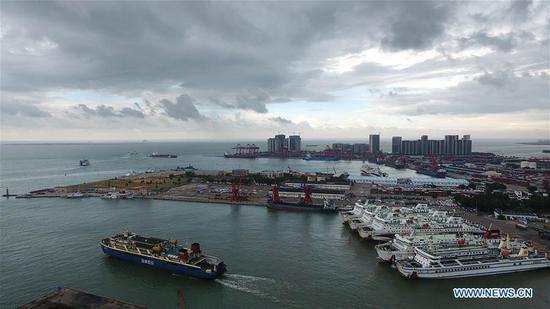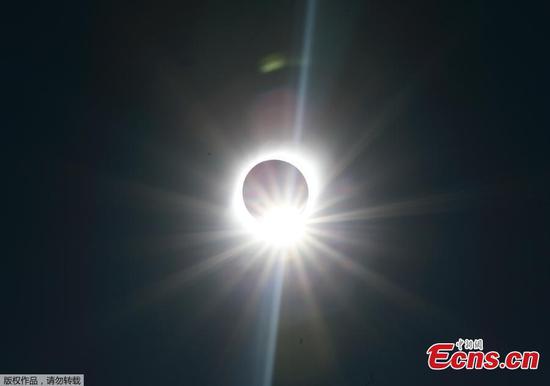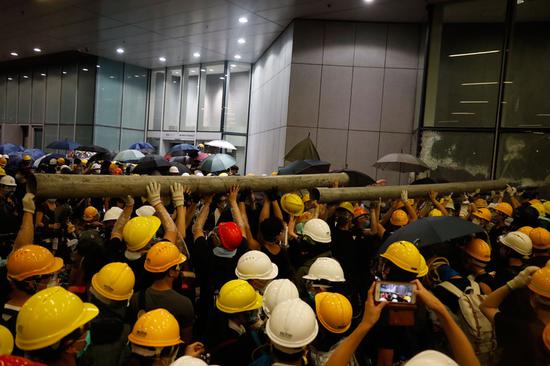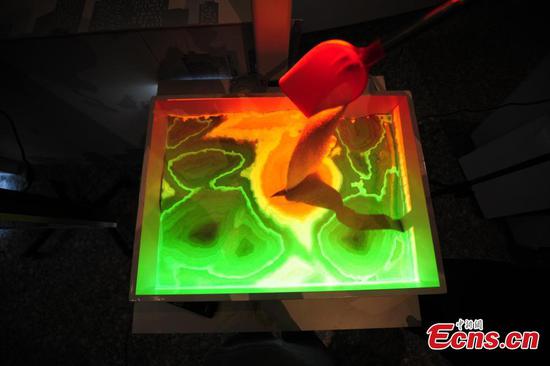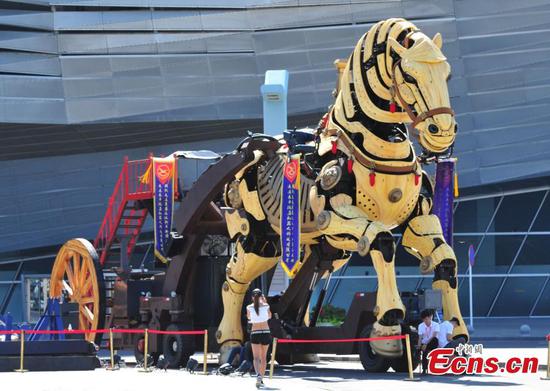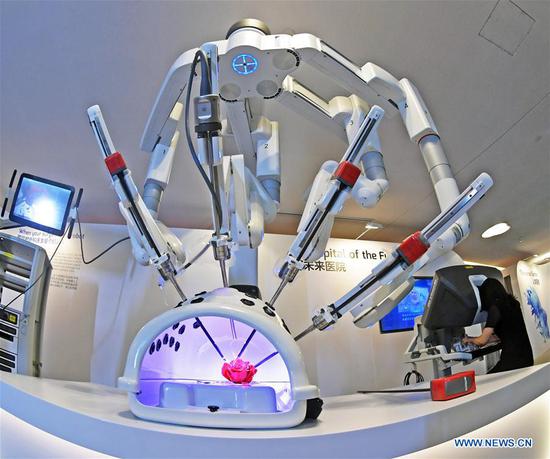The U.S. space agency NASA completed on Tuesday a safety test in the event of a botched launch for its Orion Spacecraft that will help land the first woman and next man on the Moon by 2024.
The launch abort test successfully verified that a rocket-powered tower on top of the crew module could quickly get astronauts safely away from their launch vehicle in case of emergency during ascent to space, according to NASA.
At 7:00 a.m. American Eastern time (1100 GMT), a booster was launched at Cape Canaveral Air Force Station in Florida, carrying an abort system and a 10,000-kg Orion test vehicle to an altitude of about 9,600 meters.
At that point, the abort sequence was triggered and, within milliseconds, the abort motor fired to pull the crew module away from the booster. Then, its attitude control motor flipped the capsule end-over-end, and the jettison motor fired, releasing the crew module for splashdown in the Atlantic Ocean, according to NASA's live show.
Furthermore, 12 ejectable data recorders with a GPS receiver were ejected into the ocean in pairs. The recovery boats will pick them up for analysis.
"By all first accounts, it was magnificent," said Mark Kirasich, Orion Spacecraft's program manager, in a tweet after the three-minute test.
Orion is designed to launch on top of a rocket called the Space Launch System to transport American astronauts to the vicinity of the Moon by 2024, a part of NASA's Artemis program to return humans to the lunar surface.
"We are one step closer to sending NASA astronauts to the Moon and beyond to Mars," said NASA administrator Jim Bridenstine in a tweet. Enditem











